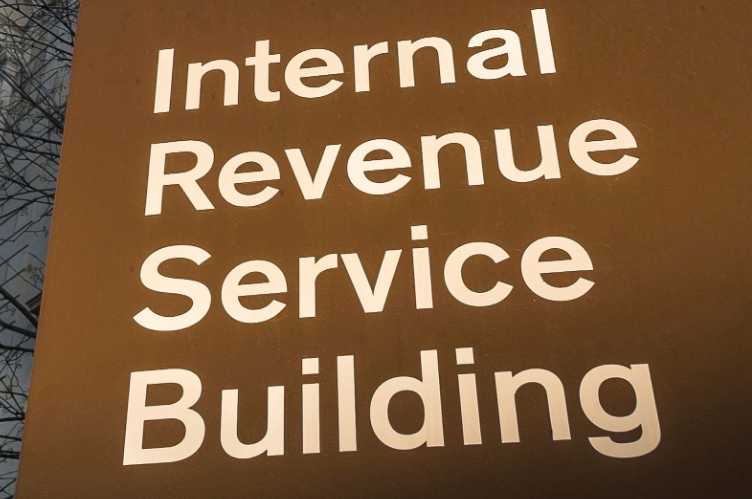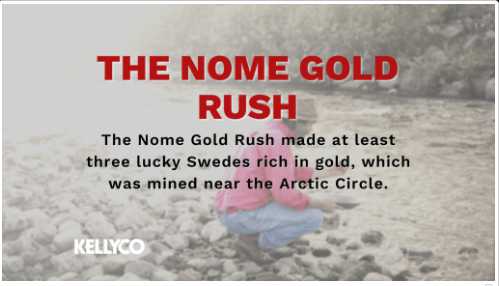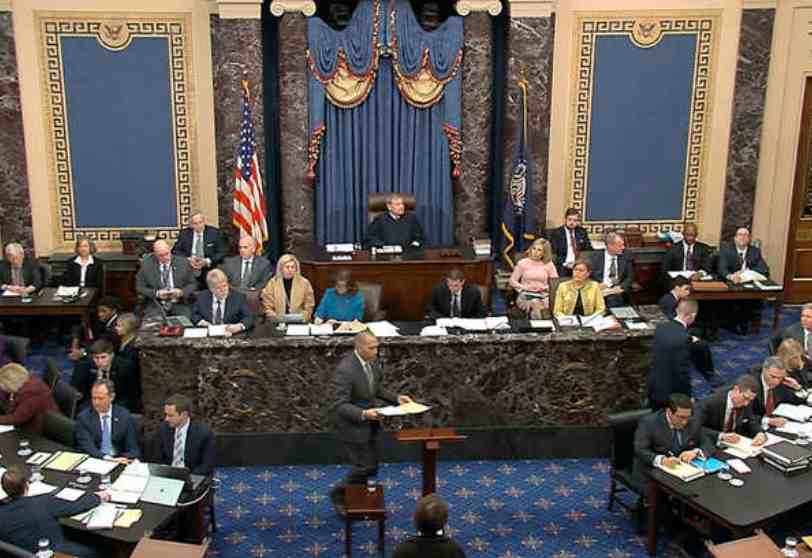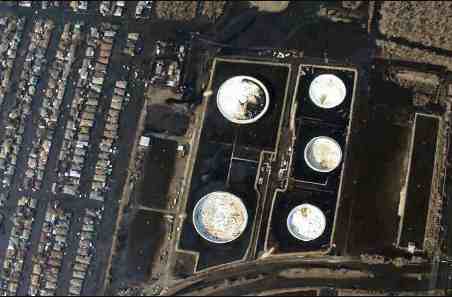Ever wonder how Alaska's relationship with oil companies compares to other such relationships around the world? Articles explaining such relationships frequently appear in newspapers all over the country but such articles seldom appear in Alaska.
I once asked a local reporter; “in a state so dependent on oil don’t you think your readers would want to know that while BP was telling Alaskans that their $28 profit in Alaska wasn’t enough they were telling business reporters and oil ministers from other countries that a $2 profit on a barrel was enough? Don’t you think they’d want to know that?”
If you lived in New York, Seattle, or Washington DC you might of read it in your local newspaper. But not in Alaska; fear of losing advertising revenue from BP and ConocoPhillips has purchased the silence of most of Alaska’s television and print media.
On April 28, 2009 Bloomberg Business & Financial News reported that BP makes less than $2 net profit for producing a barrel of oil in Iraq. On March 14, 2010 Petroleum News reported what BP’s net profit was under ACES, without bothering to mention that it calculated to a net profit of $28 per barrel on their total production. ConocoPhillips’ annual report also demonstrate a $28 to $30 per barrel net profit from Alaskan oil under ACES . But no news reporter or TV news show in Alaska has ever bothered to tell you how little Iraq pays to the same companies for the same service. Alaskans need good information to make good decisions about the repeal of the new reduced oil tax SB 21.
In November of 2007 Gaffney and Cline, one of Alaska’s most trusted oil income and oil tax consulting companies, reported to Alaska’s legislators that BP’s return on North Slope investment approximated 123% under ACES. BP’s CEO Tony Hayward, on July 28, 2009, told Bloomberg Financial News, its $2 per barrel return on Iraqi investments was “compatible with returns we earn across the rest of our portfolio.” According to Bloomberg Financial News, BP’s worldwide portfolio earns an 18% annual average return on capital. Every major news outlet in Alaska has been provided these figures. Not one has ever attempted to help their viewers, listeners, or readers connect the dots.
On October 3, 2013, BP told the Fairbanks News-Miner that thanks to SB 21’s tax cut BP will now create 200 new Slope jobs. A positive statement unless one calculates how many jobs the State of Alaska could have created with a billion or two. One billion dollars is enough to create ten thousand jobs that pay $100,000 per year; two billion could create 20,000 such jobs. Not many readers would think that a fair trade but no reporter in Alaska has offered to make the connection for you.
So if North Slope oil is so profitable, why aren’t the three producers producing more? Prudhoe and Kuparuk are experiencing the same irreversible declines that all aging oilfields experience. As Prudhoe and Kuparuk decline more and more water is injected to bring the oil up; and more and more gas is reinjected. Over time, a mix of more and more gas and water comes up with the crude which must be separated from the crude and reinjected again. The facilities on the slope for separating and reinjecting water and gas are running at or near capacity. More production would require new separation and reinjection facilities. New construction is unlikely without the mutual agreement of all three major producers.
In 1995, BP persuaded Congress to let them export North Slope crude but before they got around to doing so BP jumped on an unforeseen opportunity to buy ARCO’s West Coast refineries and retail gas stations. ARCO’s refineries were built specifically to refine North Slope crude. BP’s purchase of ARCO West Coast assets appears to have incentivized BP to abandon ideas of exporting and pursue the much more profitable business of refining their North Slope crude into products to retail in what were ARCO’s gas stations.
Controlling Alaskan Crude from the wellhead to the gas pump is very likely the most profitable cash-cow BP has. When BP’s North Slope production exceeded BP’s ability to refine and retail on the West Coast, when BP’s West Coast storage tanks nearly ran over, BP further demonstrated the high value BP places on its North Slope crude. Rather than sell its excess crude before returning its tankers to Valdez, BP retained possession sending several tankers back to Alaska with half their load still in their hulls. Producing more North Slope oil than BP’s refined products market share can absorb would likely require export, and most certainly shorten the life of BP’s Alaskan cash-cow. It is very likely that the size of BP’s West Coast refined product market share has a lot to do with the rate of North Slope production.
In 2009 BP, through a competitive bid process, won the right to produce Iraq’s largest oil field, the Rumaila field. The field was producing a little over nine hundred thousand barrels per day (BPD) when BP took it over. Iraq only pays BP for actual costs for managing the original production. The contract requires BP to raise daily production to make a profit. As production increases, BP is paid for actual costs plus $2 for every barrel produced in excess of the original nine hundred thousand barrels. Now that the cats out of the bag, the new talking point for the other side is that it is unfair to compare BP’s contracts with Iraq to Alaska because BP had no original capital outlay in Iraq. Unfortunately for the other side, history doesn’t support their argument. BP discovered and developed Iraq’s Rumaila oil field in 1953. Iraq gave BP the boot for taking too much of the profit in 1961. Fifty years later BP went back to Iraq hat in hand and offered to resume pumping Iraq’s Rumaila field for $4 per barrel and Iraq said no. Then BP offered to do it for $2 and Iraq said OK, but only on the increased production. BP’s contract requires BP to bring the Rumaila field’s production to 2.9 million BPD within six years. If they make it they will be making $4 million per day by year six. That’s $1.460 Billion net profit per year. At $28 per barrel profit under ACES in Alaska, it would only require the production of one hundred forty-three thousand barrels per day to make the same amount of money. This year the three big North Slope producers will produce about 500,000 BPD and under ACES would have taken home a combined net profit of about $5.1 Billion. If SB 21 is not repealed their combined net take home will be closer to $7.3 billion.
On July 28, 2009, BP CEO Tony Hayward told Bloomberg Business & Financial News, that BP’s returns on Iraq’s Rumaila field are expected to be comparable to BP’s returns worldwide. So ask yourself, or better yet, ask BP, why their $28 profit under ACES wasn’t enough when their $2 profit in Iraq was not only good enough, it was good enough to get BP to promise to increase the Rumaila field’s production by two million barrels per day; something BP refused to do here even though SB-21 will likely increase their net profit on a barrel of Alaska oil to around $40.
What has BP invested in Alaska? BP plc, of London, (formerly British Petroleum), hasn’t spent one dime on Prudhoe Bay since the oil started flowing in 1977. Proceeds from BP’s then 52% ownership of SOHIO repaid 100% of BP’s Prudhoe Bay investments by 1982. Since that day Prudhoe Bay has been nothing more than a one way river of cash into the pockets of BP Exploration’s parent company stockholders. Maintenance of that river of cash is the job of BP’s subsidiary, BP Exploration in Anchorage. BP Exploration collects the cash from Prudhoe Bay, reinvests as necessary to feed the fattest cash cow they have, pays Alaska a tiny fraction of the taxes they would pay for the same opportunity in any other country, and sends the rest to London. For 32 years, 100% of all maintenance for Prudhoe Bay has been paid for from the revenues that came from Prudhoe Bay. The original investor parent owner has paid nothing for 32 years. Investing maintenance money elsewhere isn’t an option because the moment they did they would lose their source of funds to invest elsewhere. How do you calculate a Year’s return when the investment was zero and the return was in the billions? Can anyone point to any place in the world where BP’s or any other oil company has a higher retained profit from a barrel of oil? Oil industry silence on these questions speaks volumes.
So who can you trust? Last April, Former Governor Murkowski bragged in a Compass article that Parnell’s tax cuts are nearly identical to those he pushed through the Legislature in 2006. Anchorage Daily News 4/11/2013. FACT: Five legislators were found guilty of exchanging yes votes on Murkowski’s bill for taking or soliciting bribes from Bill Allen and other employees of his oil-field service company Veco. A sixth legislator, who, while in Juneau, was being paid $2,900 per month to be Veco’s liaison to the Muldoon Community Council, (go figure) was convicted of accepting bribes in exchange for his yes vote on a private prison scheme also involving Veco. On March 4th 2008, Jim Clark, Murkowski’s Chief of staff who had lobbied Murkowski’s bill through the Legislature, pleaded guilty to conspiring with Bill Allen and officials of Veco to channel $68,550 in illegal contributions to Murkowski ‘s political campaign. The people who backed Murkowski then are the people who want you to trust them now. If you choose to trust me instead, Please vote yes to repeal SB 21 next August.
Ray Metcalfe (rayinak@aol.com) was a legislator from Anchorage 1978-1982.
He began writing and speaking publically about Veco’s bribery schemes to keep
Alaska’s taxes below market in 1998, eight years before the FBI’s investigation
became public. See Anchorage Daily News 7/12, 2004 COMPASS for sample
Also see https://stopthegiveaway-voteyesonprop1.org/wp/about-us/
PS: ConocoPhillips and Exxon have similar contracts.







